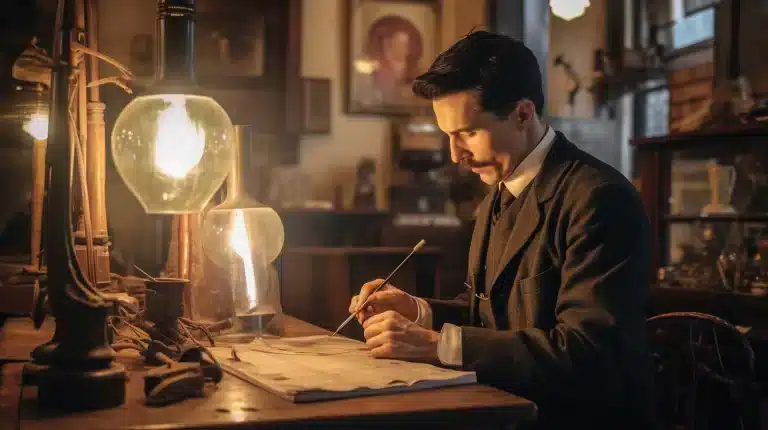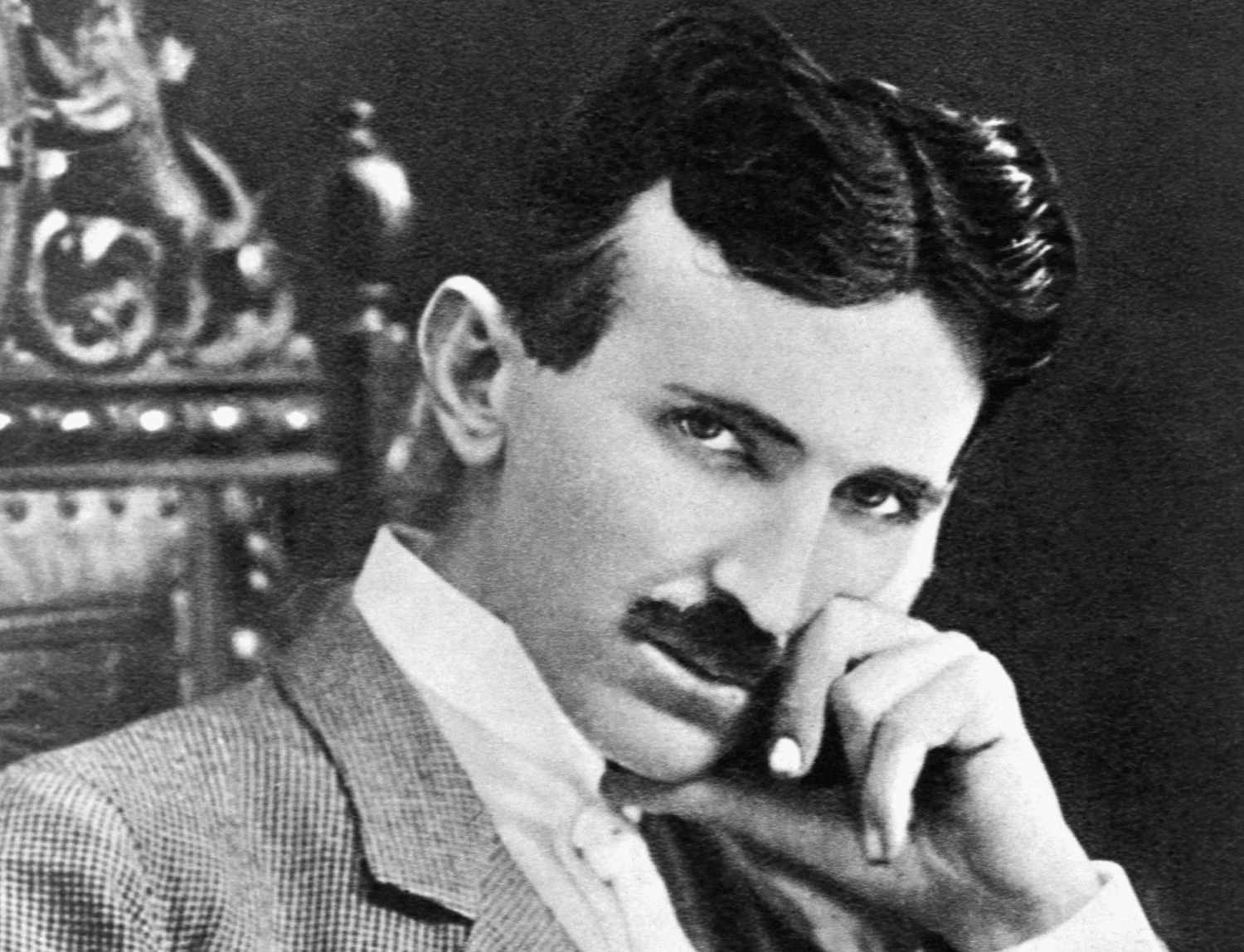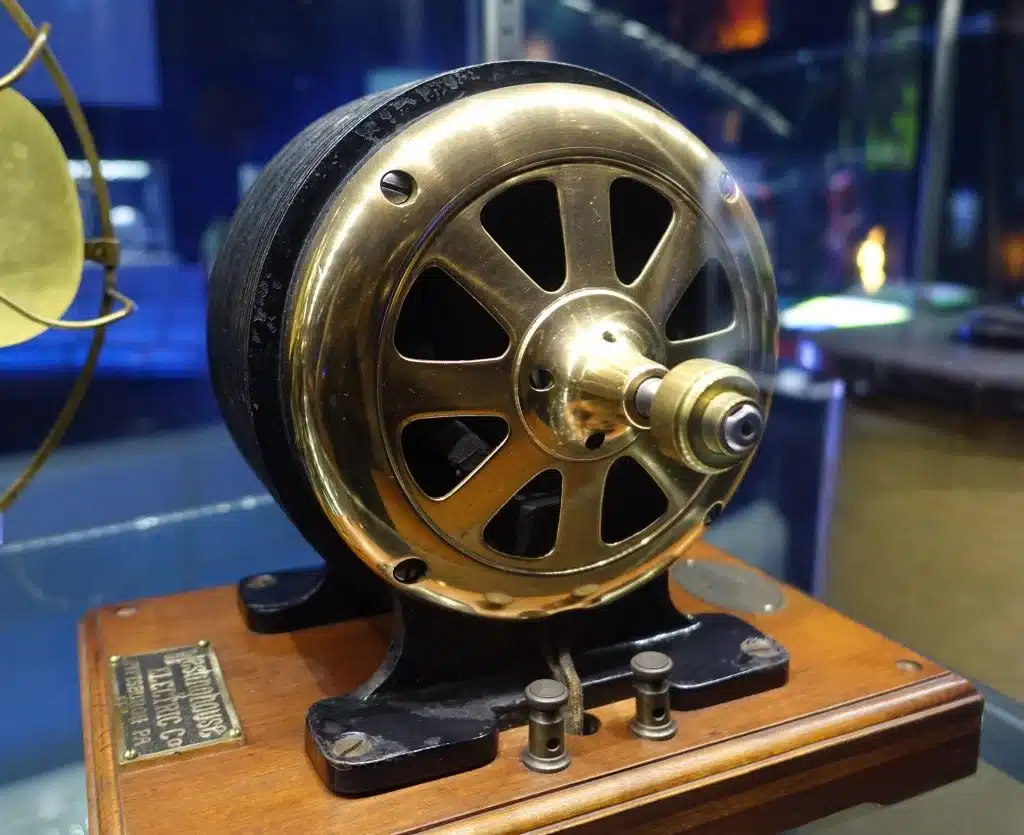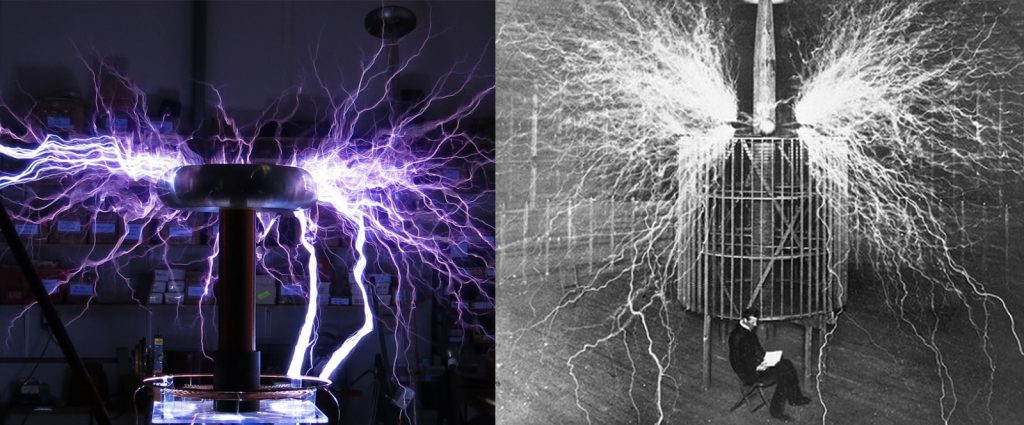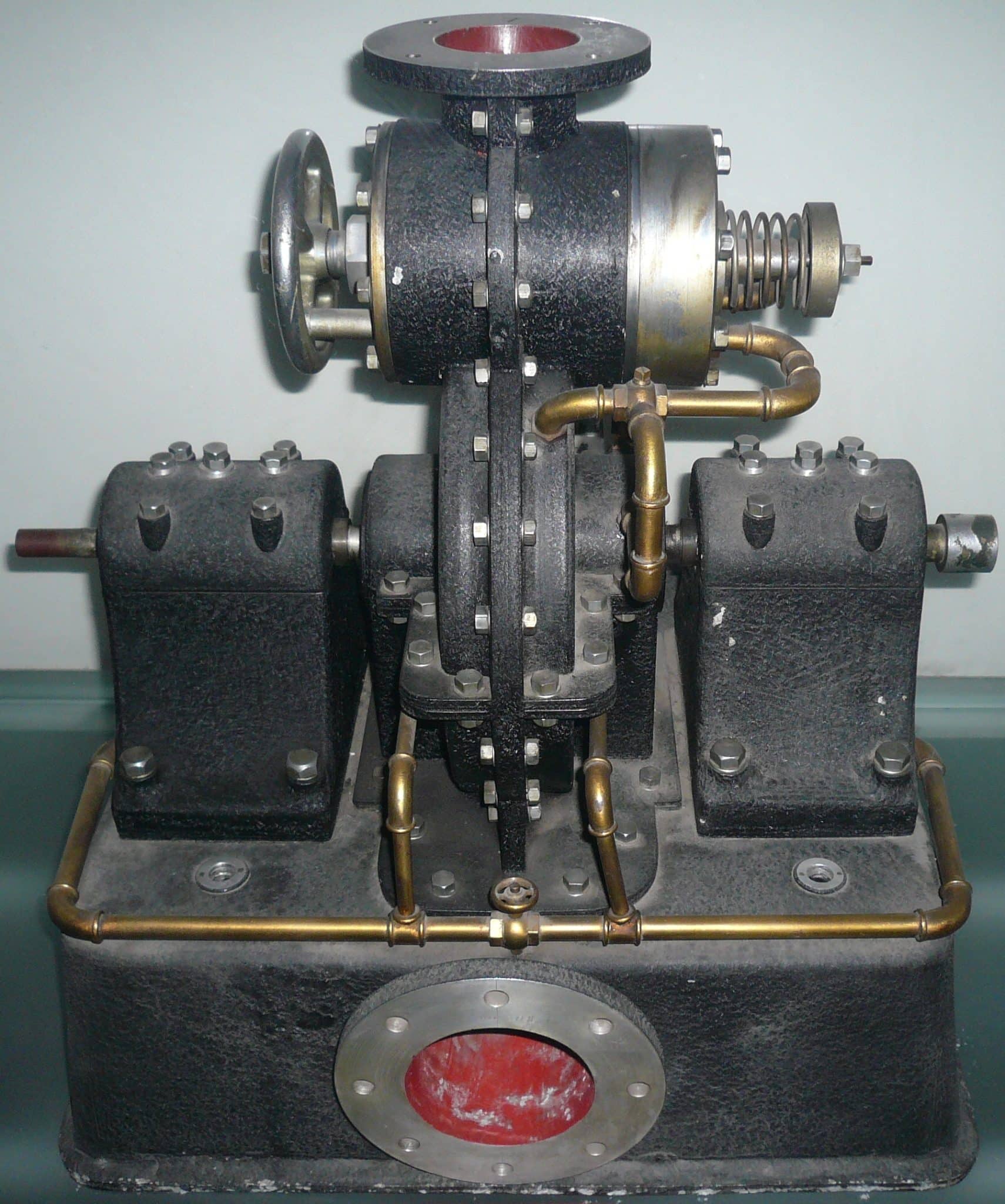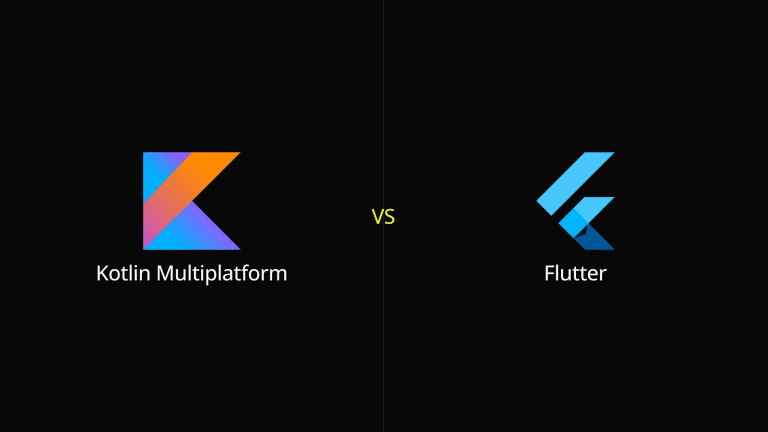‘Tesla’ is a magnitude measuring unit, a name, a brand, and whatnot. Be it Elon Musk’s Tesla cars or scientists measuring Magnetic Flux Density in Tesla units, another mastermind is strung back to this widely popular name.
Nikola Tesla, the man behind the AC, is to be credited for all that is wireless, neon, and electronic. His invention ideas stirred the world, including the ‘light’ genius Thomas Alva Edison.
But this Serbian-American scientist is attached to an array of historical turmoils, multiple inventions, failures, successes, and everything that could intrigue an intellectual mind.
Read along as we masterfully unfold the brilliance of Nikola Tesla, all that is best known to the world.
Who Was Nikola Tesla?
Nikola Tesla, the Serbian-American inventor, was the son of an orthodox priest and an unschooled yet highly intelligent mother. Born in July 1856 and brought up in present-day Croatia, he was an exceptionally intelligent student with a touch of poetic artistry.
Not only are Tesla’s works renowned today, but his magnanimous and magnetic sayings draw the attention of the masses.
Nikola Tesla credited his parents for his success to such great lengths that he proclaimed his mother a great inventor as she invented little objects like ‘egg whisks’ to ease household work.
He once wrote-
“My mother was an inventor of the first order and would, I believe, have achieved great things had she not been so remote from modern life and its multifold opportunities.”
Some Infatuating Inventions of Nikola Tesla’s
Tesla has been a bright child since the beginning.
His earliest invention ideas were noted in 1882. He was walking with a friend reading Goethe and suddenly thought of inventing a rotating magnetic field, which later became the basis of many of his inventions.
It is nearly impossible to draw down his contribution to modern-day electronics, but his major works are listed here!
1. AC Current Motor and AC Generation Transmission Technology
Like Plato and Aristotle, Edison and Tesla also came across the bench. While Edison favored DC and argued against AC, claiming it to be deadly, Tesla opposed this vision.
To prove his point, Tesla exposed himself to a 250,000 Volt AC shock and sustained it, proving it not as fatal as condemned.
According to Tesla, AC could convert higher voltage current to lower voltage current and vice versa without the need for a switch, which is exactly the opposite of what DC does.
Post this claim, the invention of a rotating magnetic field and thus transmitting AC to greater distances were made possible.
After Tesla’s successful arguments, AC gained standardized popularity and laid the foundation of the Industrial Revolution.
2. The Tesla Coil
In 1891, Nikola Tesla invented the famous ‘Tesla Coil.’ These Tesla Coils were a kind of electric circuit that could generate low current yet high voltage electricity.
During the initial trials of Tesla Coils in Colorado, a 30-foot spark was generated, visible from a distance of 10 miles.
The Tesla Coils aid in wireless transmissions today and is the prime technology used in Televisions, Radios, Computers, etc.
3. The Tesla Turbine
To power automobiles, Tesla developed a piston engine. This engine rotated disks with the help of combustion. Back in Tesla’s time, Turbines usually worked on the rotation of the blades, which was rather inefficient.
Tesla merged multiple disks to form a centrifugal pump. In this new type of turbine, there were smooth disks with nozzles attached, which carried fluid stuck to the edge of the disk.
When the disks moved, this fluid at the edge was carried to the center. The entire process was done by adhesion, which proved to be much more efficient than the ‘friction’ technology used then.
4. Other Inventions of Nikola Tesla
Apart from these gracious gifts to the world, Tesla’s brain powered many other inventions and technologies that fuel our daily lives today. A few of them are:
- The Neon Light: Tesla was not the man behind the discovery of light; rather, he was the man behind the invention of the Neon Light. In 1894, Nikola Tesla photographed the famous writer and his great friend, Mark Twain, with Phosphorescent light.
- The X-Ray Technology: Tesla did not invent the X-Ray technology. Rather, he clarified it to great extents for greater screening and visibility.
- Wireless Transmission: Wireless Transmission was the brainchild of Nikola Tesla, and as the earliest invention, the invention of remote control owes its credit to Nikola Tesla.
- Tesla Motors: While motors already existed during Tesla’s time, they ran on fuel. On the other hand, the Tesla motors run on electricity instead of fuel, which comparatively was much cheaper and more efficient.
Tesla’s creativity knew no limit, and he prospered with many more inventions, which cannot be surmised here.
Still, the world remembers his contribution with even mere words like Shadowgraphs and Tesla valve.
Other than the major works mentioned here, there is still a lot left behind the folds waiting to be discovered with time.
Final Words
While Tesla gave the world too much of himself, his life was not smooth. Protruding mental illness, loss of finances, rivalry, and much more contributed to his death.
Despite all that lies behind it, even today, Tesla emerges as a giant that influenced the world’s electronics like never before.
He is now much celebrated, and a great significance of his popularity is credited to Elon Musk and his Tesla Cars.
Tesla’s invention changed the world to great lengths, yet there are lengths to be covered with undying inventions of the bygone genius.

